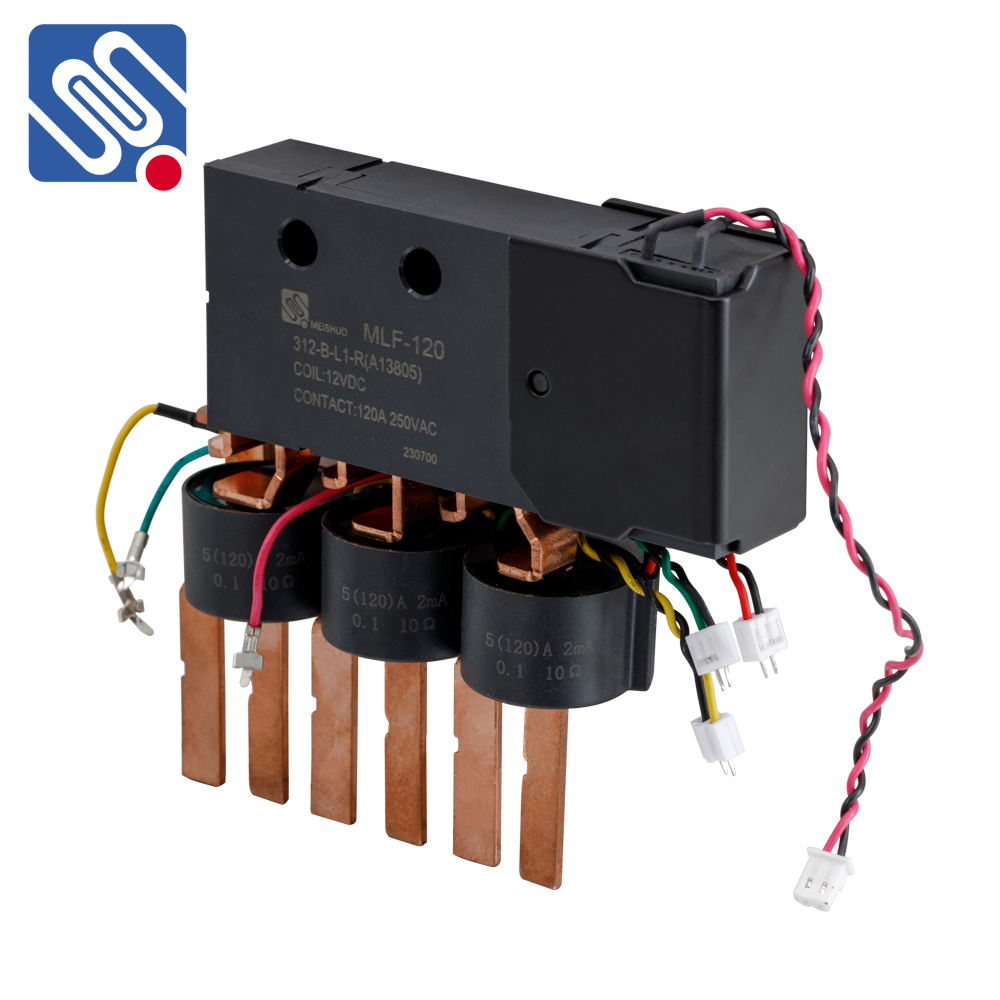relay assembly: a crucial component in electrical systems
Release time:2025-04-18 22:15:18
Relay assembly plays a critical role in the functioning of electrical systems, ensuring seamless control and operation of devices in both industrial and everyday settings. A relay is essentially an electrically operated switch that allows a low-voltage electrical signal to control a higher-voltage circuit. The assembly of relays is a fundamental process in designing and maintaining systems where electrical circuits need to be controlled remotely, automatically, or through safety protocols. This article aims to provide an in-depth understanding of what relay assemblies are, their components, and how they contribute to the broader electrical systems.

Understanding Relay Assembly
A relay assembly consists of several parts that work together to perform a switching function. The key components include the coil, contacts, armature, and spring. The coil is a magnetic field generator that is energized when a current flows through it. This magnetic field pulls the armature, which moves the contacts into either a closed or open position, depending on the relay's design. The spring is responsible for returning the armature to its original position once the current is de-energized, allowing the contacts to open.
These components work in unison to provide the switching action. The contact points in the relay assembly either close or open a circuit when the relay is activated, allowing or preventing the flow of electricity. The relay assembly ensures that the control circuit and the load circuit remain separate, preventing damage to sensitive equipment from high voltage or current.


